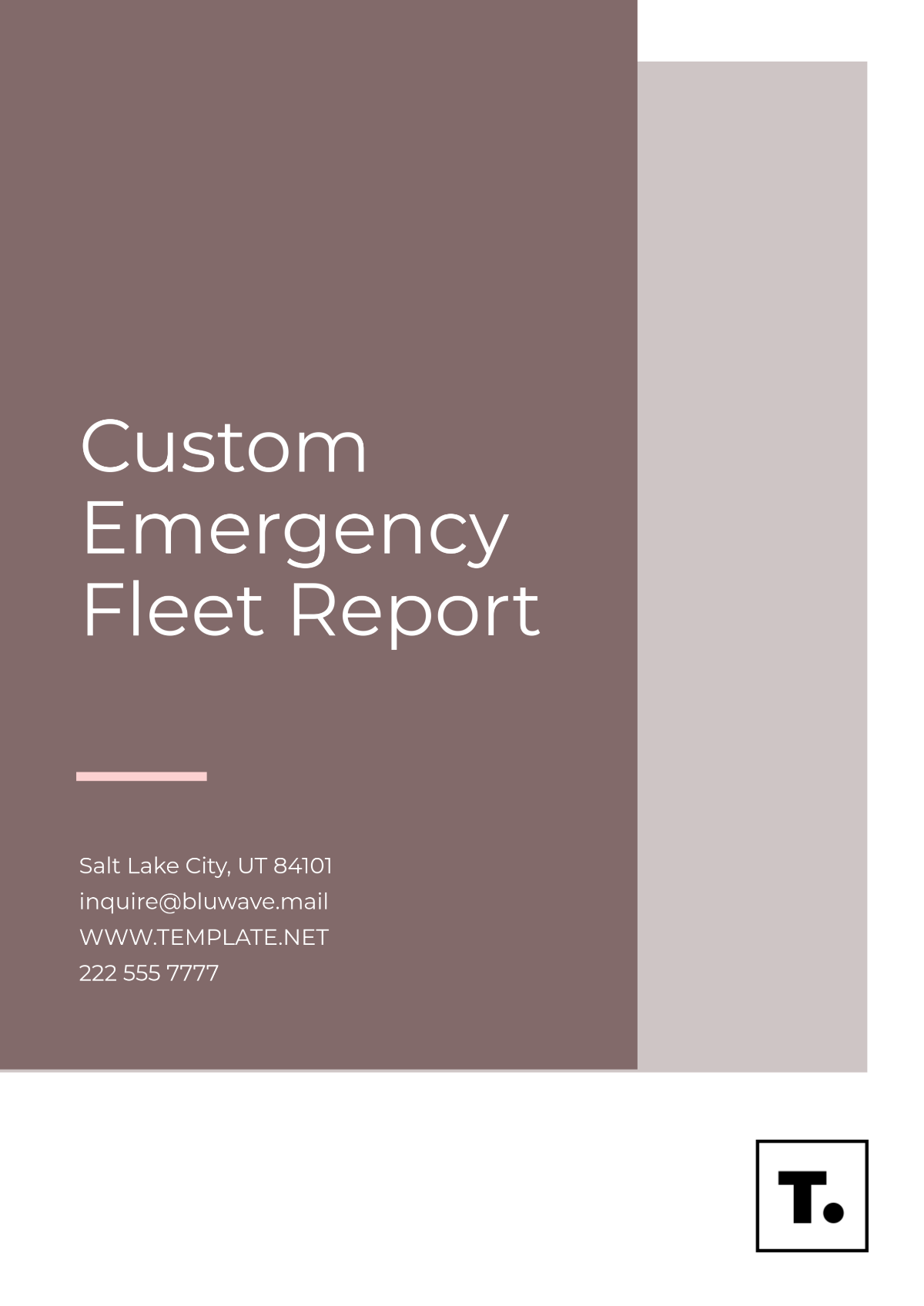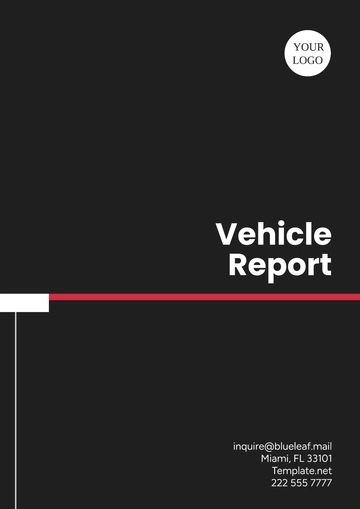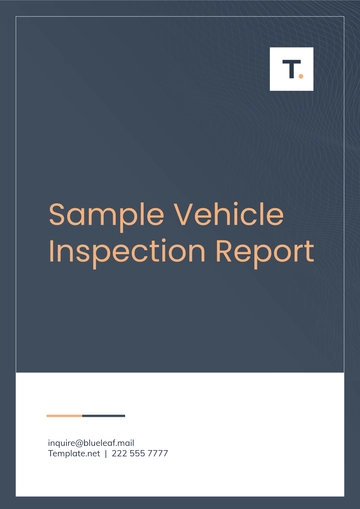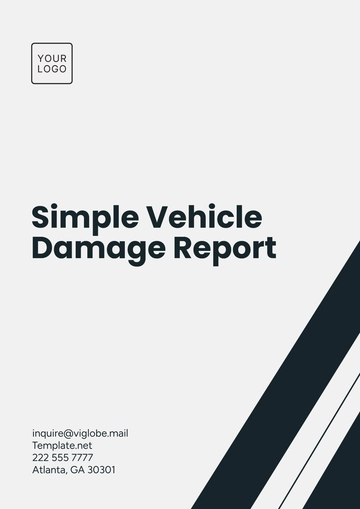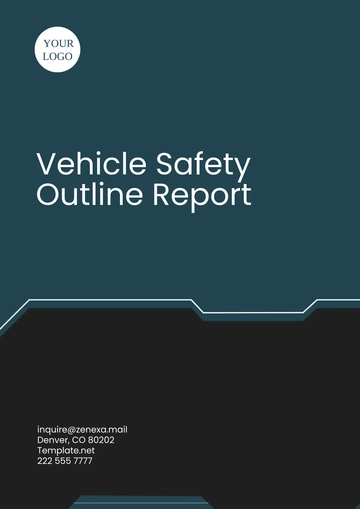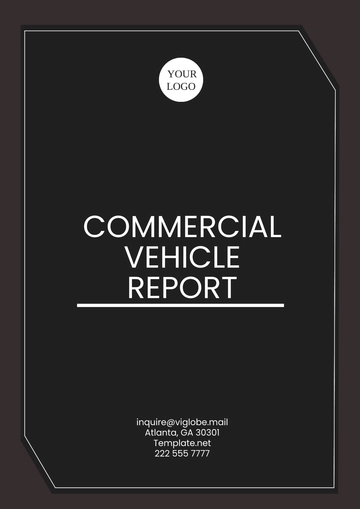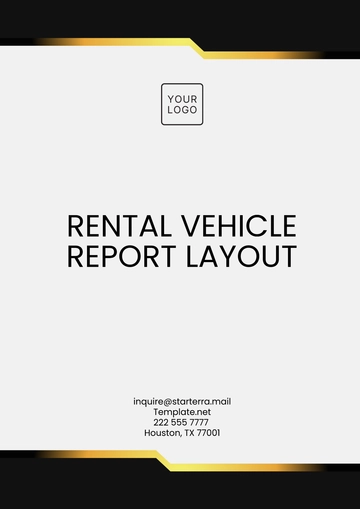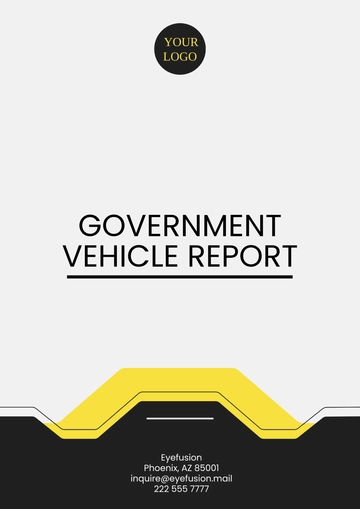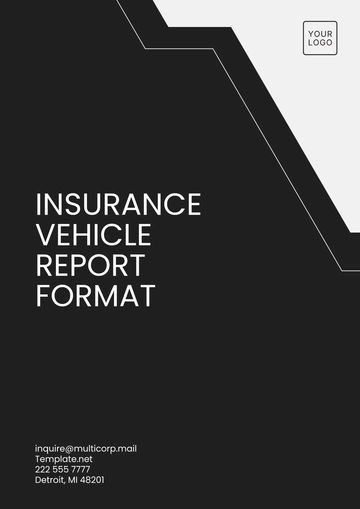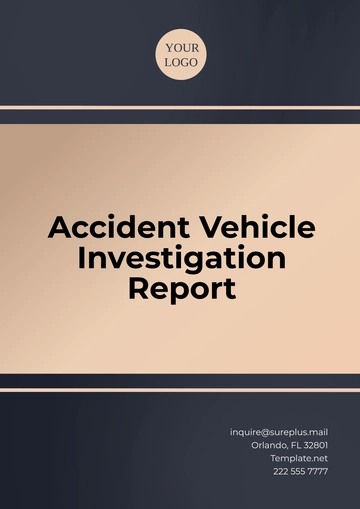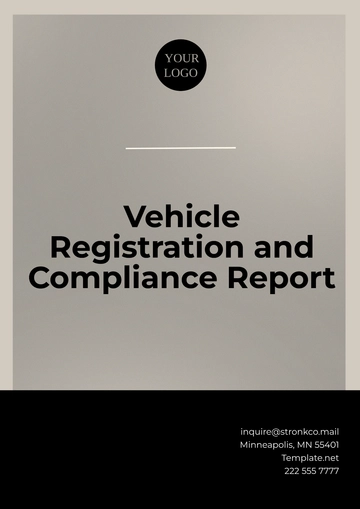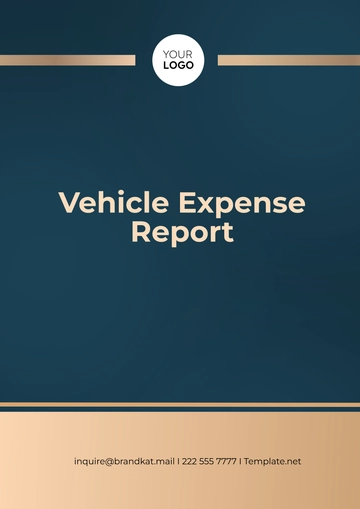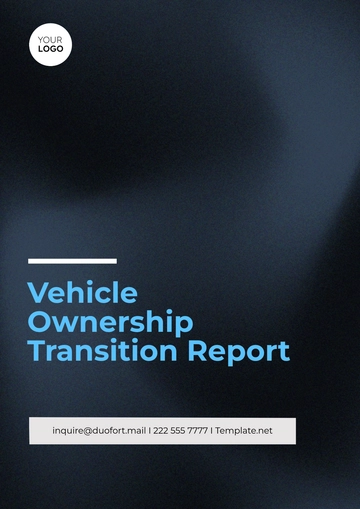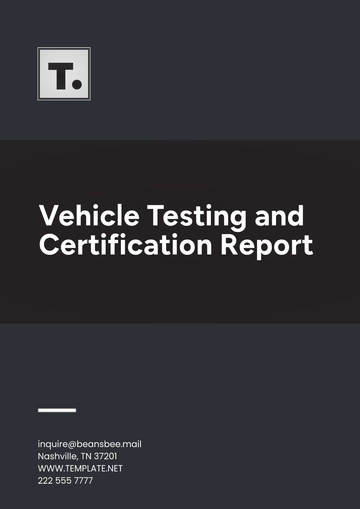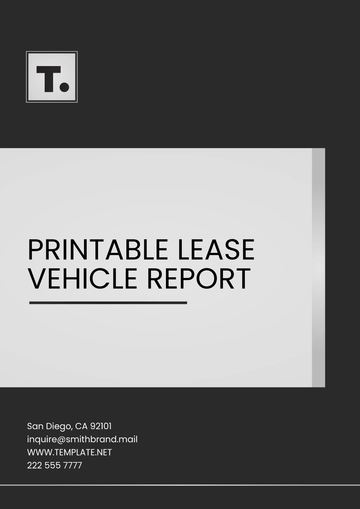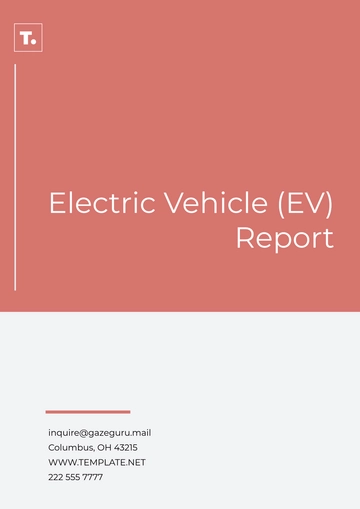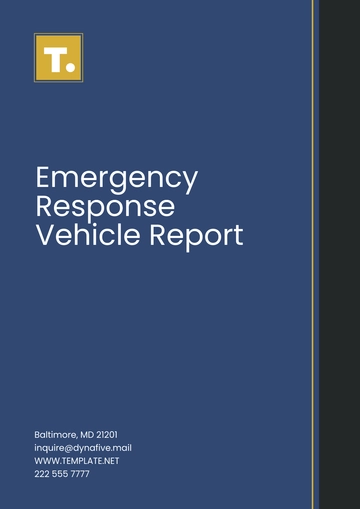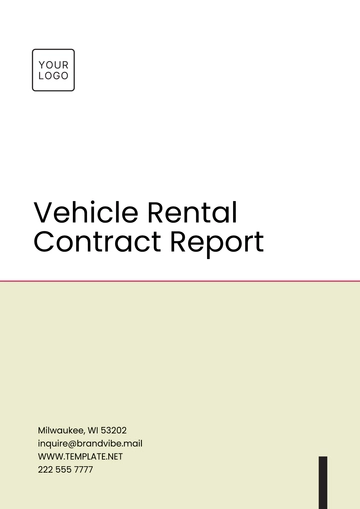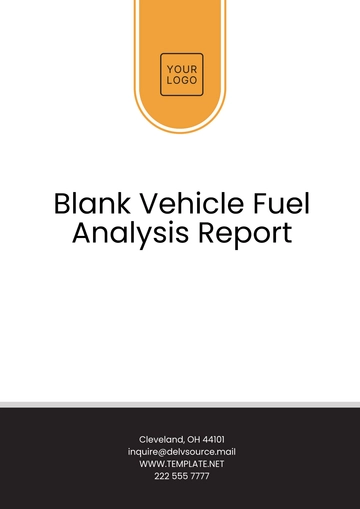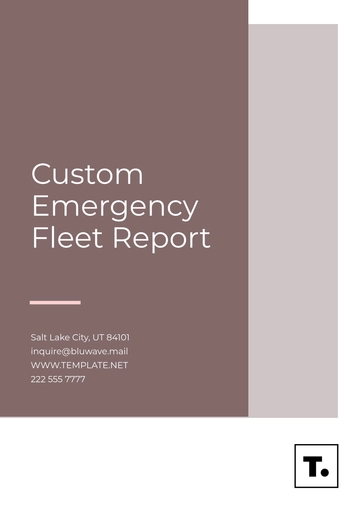Custom Emergency Fleet Report
Prepared by: [Your Name]
Company: [Your Company Name]
Date: [Date]
1. Executive Summary
This report provides an in-depth analysis of the emergency fleet's performance, maintenance, readiness, and response to recent incidents. Key findings include:
Fleet Size & Operational Readiness: The fleet consists of 50 vehicles, 80% of which are fully operational and ready for emergency response.
Incident Response Times: The average response time for recent emergency incidents was 12 minutes, 10% faster than the previous quarter.
Maintenance & Safety Compliance: Fleet maintenance is up to date, with no major safety violations recorded.
2. Fleet Overview
The emergency fleet comprises 50 vehicles, divided into the following categories:
Ambulances: 20 vehicles, 2 of which are equipped for critical care.
Fire Trucks: 15 vehicles, including 5 equipped with specialized rescue tools.
Utility Vehicles: 10 vehicles, used for support and logistical tasks during emergencies.
Command Vehicles: 5 vehicles, equipped with communication tools for on-site coordination.
Fleet Distribution:
3. Incident Response Overview
Recent emergency responses include incidents such as fires, medical emergencies, and natural disaster management.
Average Response Time:
4. Fleet Performance
4.1 Key Performance Indicators (KPIs):
Vehicle Availability: 80% of the fleet is operational.
Average Vehicle Age: 5 years.
Fuel Consumption: The fleet has optimized fuel use by 10% through a new scheduling system.
Vehicle Utilization Rate: 85% of the fleet is used regularly for emergency incidents.
4.2 Cost Effectiveness:
5. Maintenance and Repair Status
5.1 Maintenance Overview:
Routine Maintenance: Vehicles undergo quarterly inspections, and all maintenance tasks are up to date.
Unscheduled Repairs: Minor issues were identified in 5 vehicles, resulting in minimal downtime (average repair time: 3 days per vehicle).
Upcoming Maintenance Needs: Three vehicles are scheduled for engine overhauls in the next quarter.
5.2 Vehicle Condition:
6. Fleet Safety and Compliance
6.2 Safety Protocols:
All vehicles have undergone safety checks, ensuring compliance with local and national standards.
Recent Safety Inspections: No critical violations found.
Staff Training: 100% of drivers and emergency personnel have completed annual safety training.
6.1 Safety Incidents:
7. Emergency Readiness Assessment
7.1 Readiness Status:
Operational Readiness: 85% of the fleet is on standby at any given time.
Equipment and Tools: All emergency vehicles are equipped with the latest tools for firefighting, medical care, and rescue operations.
Staffing: 90% of emergency response staff is available for rapid deployment during high-demand periods.
7.2 Key Readiness Metrics:
8. Resource Allocation and Distribution
During emergencies, resources are allocated based on the severity of the incident and available fleet assets. A recent reassessment of emergency zones has led to the following deployment strategy:
Zone A: Priority for fire and medical emergencies.
Zone B: Focus on medical emergencies and rescue operations.
Zone C: General support and logistics.
9. Recommendations for Improvement
Fleet Expansion: Consider adding 5 more ambulances to meet the increasing demand in Zone A.
Maintenance Optimization: Increase preventive maintenance efforts to reduce the frequency of unscheduled repairs.
Staffing Levels: Ensure 100% availability of staff during peak hours by implementing a flexible scheduling system.
Report Templates @ Template.net
